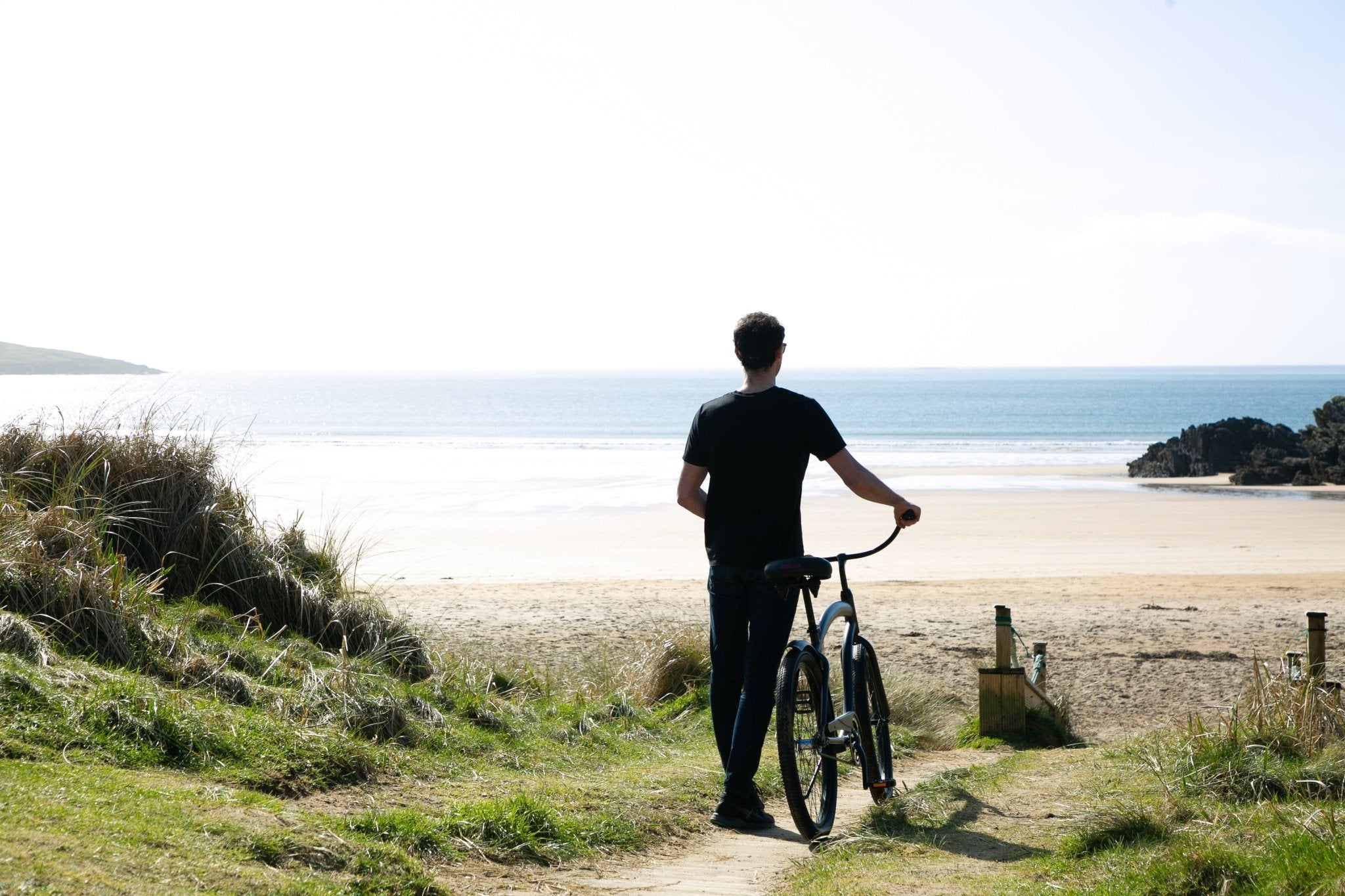Development of the Waterford Greenway.
The Waterford Greenway is a popular 46-kilometer long cycling and walking trail located in the southeastern part of Ireland. It follows the route of the former Waterford to Dungarvan railway line, and it is widely considered one of the most scenic and enjoyable outdoor recreational areas in the country. In this blog, we will explore the development of the Waterford Greenway, including its budget and funding.
Development of the Waterford Greenway
The idea for the Waterford Greenway first emerged in the late 1990s when the railway line was decommissioned. It was not until 2014 that a group of community activists called for the creation of a cycling and walking trail along the former railway line. The project was then taken up by Waterford City and County Council, which agreed to fund the initial feasibility study. The study was completed in 2015, and it showed that there was significant potential for a greenway in the area.
In the same year, the local authorities set up a steering committee to oversee the development of the Waterford Greenway. This committee included representatives from various stakeholders, including local businesses, cycling groups, and tourism organizations. The committee then set about planning the greenway, which involved developing a route, designing signage, and establishing amenities along the trail.
Construction on the Waterford Greenway began in 2016 and was completed in 2017. The greenway is now a fully paved, accessible trail that can accommodate cyclists, walkers, and joggers. It features a range of amenities, including bike rental facilities, rest areas, and interpretive signage that highlights the area's history and ecology.
Budget and Funding
The development of the Waterford Greenway required significant investment, and funding for the project came from a variety of sources. The total cost of the project was estimated to be €15 million, which covered the design, construction, and amenities along the trail.
The majority of the funding for the project came from the Irish government, which contributed €10 million through its Department of Transport, Tourism, and Sport. In addition, the European Union provided €2.2 million in funding through its European Regional Development Fund.
Local funding also played a significant role in the development of the Waterford Greenway. Waterford City and County Council contributed €2.5 million to the project, while Failte Ireland, the national tourism development agency, provided €500,000.
Conclusion
The Waterford Greenway is a prime example of a successful collaborative project that brought together various stakeholders to create an outdoor recreational space that has become an important economic driver in the region. The greenway has proven to be a popular destination for tourists and locals alike, attracting tens of thousands of visitors each year. Its development was made possible through a combination of government and private funding, and it continues to be a significant asset for the local economy.

